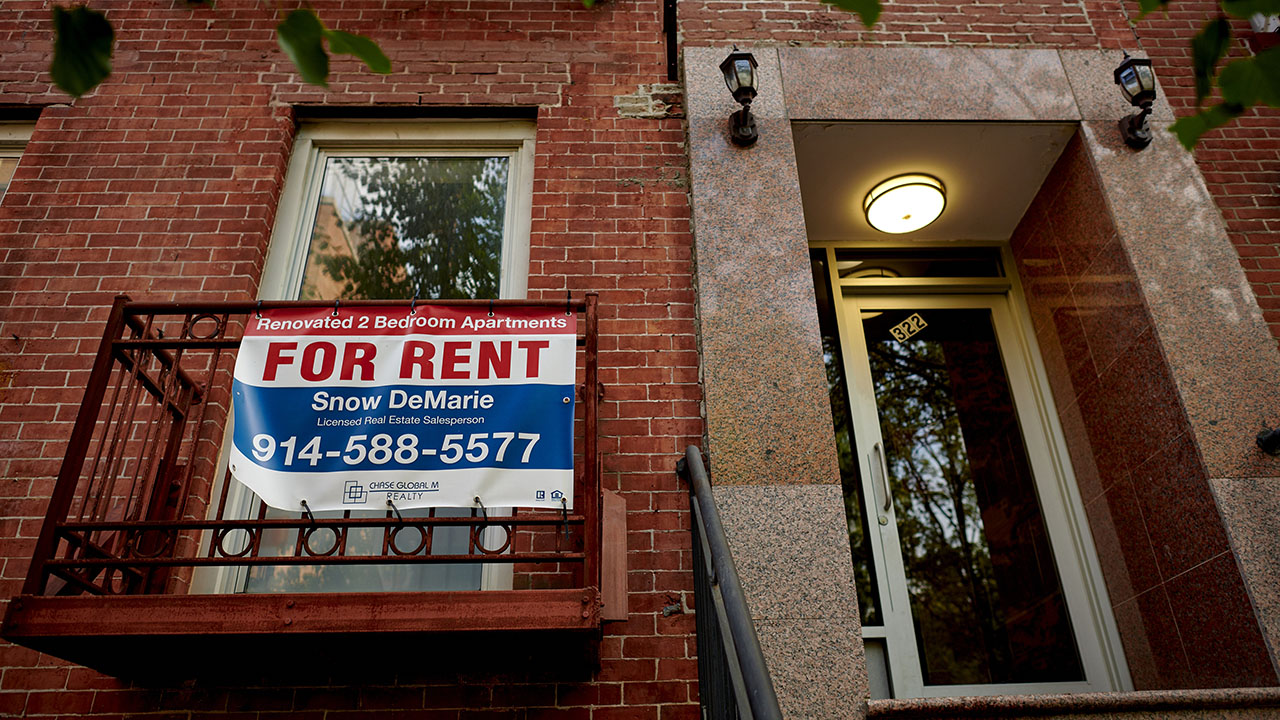A recent report indicates that in the majority of U.S. metropolitan areas, rent increases are surpassing wage growth

Renters in major metropolitan areas are likely familiar with a harsh reality: their salary increases are lagging behind their rising rent payments.
A recent analysis by rental platforms StreetEasy and Zillow revealed that rent hikes have outpaced wage growth in 44 out of the 50 largest U.S. metros since before the pandemic. The report, which examined rental data from both companies as well as wage growth data from the Bureau of Labor Statistics, highlights the ongoing struggle for renters in many parts of the country.
Nicole Bachaud, senior economist at Zillow, attributes this trend to a combination of factors, including a shortage of homes for sale, high homeownership costs, and limited rental options. The current market dynamics, characterized by high rental prices and elevated mortgage rates, are making it challenging for many individuals to transition from renting to homeownership.
Bachaud explains that the pandemic has played a significant role in shaping the current rental market landscape. While there was initially strong demand for homebuying due to low interest rates, the supply of homes for sale has remained low. Additionally, the Federal Reserve’s decision to raise the federal funds rate has led to higher mortgage rates, further discouraging potential homebuyers.
As more people opt to remain in the rental market, the already limited supply of rental properties is under even more strain, driving up prices. This situation is exacerbated when wage growth fails to keep pace with rising rents, making rental markets increasingly unaffordable. According to the report, nationwide rents increased by 30.4% from 2019 to 2023, outpacing wage growth, which stood at 20.2% during the same period.
Bachaud emphasizes that this trend is particularly pronounced in states like Florida and New York, where wages have struggled to match the rapid increase in rent prices.
From 2019 to 2023, there were significant disparities in rent and wage growth in two Florida metros: Tampa (34.7 percentage point difference) and Miami (32.2 percentage point difference). According to Bachaud, the appeal of Florida’s sunny weather and outdoor lifestyle, combined with relative affordability compared to other coastal areas, attracted many renters to these regions, maintaining pressure on rent prices in recent years.
New York City stands out as the most unaffordable city for renters. At the onset of the pandemic, the city was severely impacted, leading to a temporary drop in rent prices as many renters left. However, as services and offices reopened, demand for rental and buying properties surged, causing rent prices to skyrocket. From 2022 to 2023, while New York City wages grew by 1.2%, rents spiked by 8.6%—seven times faster. Record low vacancy rates and high demand were cited as the main drivers of this rent growth.
Three of the largest metro areas—Boston, Chicago, and Memphis—experienced declining wage growth from 2022 to 2023, even as rent prices increased.
Despite these challenges, some metro areas saw wages grow faster than rents. Houston experienced slower rent growth compared to wages (5.3 percentage point difference) from 2022 to 2023, while Austin saw wages outpace rents (4.7 percentage point difference), primarily due to new construction.
Since 2019, six metro areas, including San Francisco and San Jose, have seen wages outstrip rents. San Francisco and San Jose, despite being among the most expensive metros, had a 5.8 percentage point difference and a 5.3 percentage point difference, respectively.
While rents continue to outpace wage growth in many areas, the rental market is showing signs of stabilization. Rent growth has slowed to more normal levels, with a 3.4% increase last year, compared to the previous 20% or 30% increases.
Looking ahead, new multifamily construction is expected to play a significant role in slowing rental price increases. This additional rental availability is anticipated to alleviate demand pressure and provide more rental options in the near future. Despite this stabilization, positive rent growth is expected to continue, indicating a return to a more normal range, with potential implications for inflation data in the coming months.

